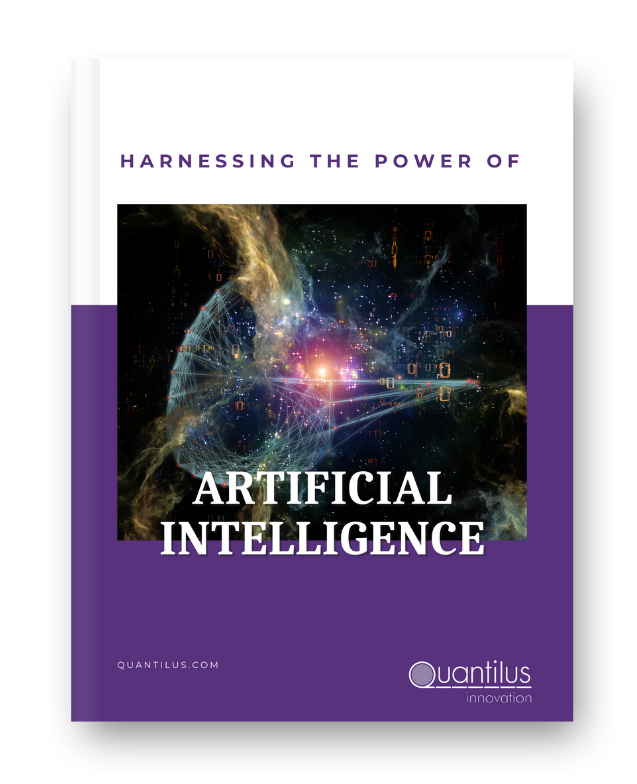

Artificial intelligence (AI) is an emerging technology that has the potential to rethink the way we approach climate action. AI can crunch vast amounts of data, recognize patterns, and make decisions quickly and accurately. This makes it a powerful tool in our fight against climate change as it can be used to identify areas where energy efficiency can be improved and ways to reduce carbon emissions.
One area where AI can be used to fight climate change is by analyzing the vast amount of data related to the state of our environment. AI algorithms can rapidly process data from various sources, such as satellite imagery, weather forecasts, and global temperature readings, to identify trends and relationships between different factors. Governments and businesses can then use this information to develop policies that reduce emissions or increase energy efficiency.
Another application for AI in climate action is predictive modeling. Using AI algorithms, scientists can create models that analyze current data on factors such as air pollution, water quality, and land use to predict how these factors may affect the environment in the future. These models give us insight into how different environmental changes could impact our planet over time, which allows us to plan and make better-informed decisions about our actions today.
Using AI algorithms, smart cities can collect data on traffic patterns, energy usage, and waste levels to optimize their infrastructure for more efficient operation. Smart cities also use sensors throughout their infrastructure to detect problems before they become severe so they can take corrective measures immediately before any damage occurs or resources are wasted. Finally, smart cities are becoming increasingly popular as a way of reducing energy consumption and carbon emissions.
AI technology has the potential to profoundly impact our understanding of our environment and help us make better decisions about climate change. AI can analyze large amounts of data to identify trends and correlations. This data can be used to understand the impacts of climate change, such as changes in precipitation, temperature, and sea levels, and can help to inform decision-makers. AI can also optimize the use of resources, such as energy and water, by providing insights into consumption patterns and predicting future needs. AI can also be used to develop innovative solutions to climate change, such as new renewable energy sources, smart climate-friendly infrastructure, and systems for reducing waste.
By leveraging machine learning and predictive models, AI can provide more accurate and detailed insights into environmental degradation, resource management, and energy usage. Additionally, AI-powered automation and robotics can increase efficiency and reduce the need for human labor.
However, AI also presents some difficulties in terms of climate action. AI systems are still in the early stages of development. They require large amounts of data to be accurate and reliable. Access to data on climate change is often limited, making it challenging to create effective AI systems. Additionally, bias can be built into AI systems if the data used to train them needs to be adequately balanced or representative of the population. Finally, AI systems can be expensive to develop and maintain, posing a financial challenge for governments and organizations looking to incorporate AI into their climate action plans.
To maximize the potential of AI for climate action, we need to focus on two key areas: data and technology. Firstly, access to data must be improved to allow AI to be used effectively. This includes open-source data from public and private organizations and data generated through remote sensing and satellites. The data should be easily accessible, up-to-date, and accurately labeled.
Secondly, technological advances are needed to process the data effectively and use AI for climate action. This includes faster processors, better algorithms, and improved machine-learning models. AI is also necessary to create more efficient and effective systems for monitoring, predicting, and responding to climate events. Additionally, models that can accurately simulate climate events need to be developed.
Artificial intelligence has a vital role in our efforts toward climate action. By improving access to data and advancing technology, we can ensure that AI is used to its full potential to help address the climate crisis. Whether analyzing data or predicting trends for the future, AI algorithms provide valuable insights into how we can best tackle this global challenge. By leveraging this powerful tool, we can create a more sustainable planet for generations to come.


Need help navigating your AI journey?
Download our eBook for insights and tips to ease your way into adopting AI for your business – the smart and practical way!
Need help navigating your AI journey?
Download our eBook for insights and tips to ease your way into adopting AI for your business – the smart and practical way!